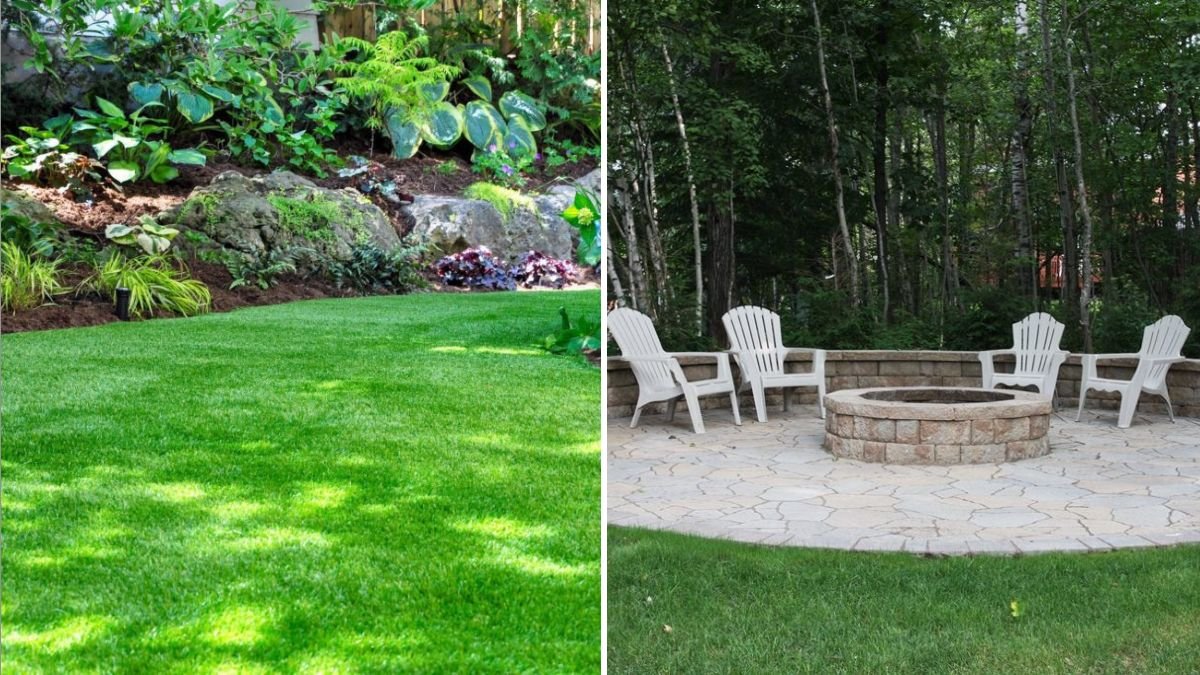Every homeowner dreams of a lush, green lawn—but if parts of your yard are shaded by trees, fences, or buildings, growing healthy grass can feel nearly impossible. Shade-loving grass varieties do exist, but they need extra care and thoughtful planning to thrive. Unlike grass in full sun, shaded turf faces challenges like reduced photosynthesis, thinner soil nutrition, and increased competition from tree roots.
The good news? You don’t have to give up and cover those areas with mulch or gravel. With the right strategies, you can establish a soft, green carpet even where sunlight is limited. Here are five expert-backed tips for growing grass in shady areas.
1. Choose the Right Grass Variety
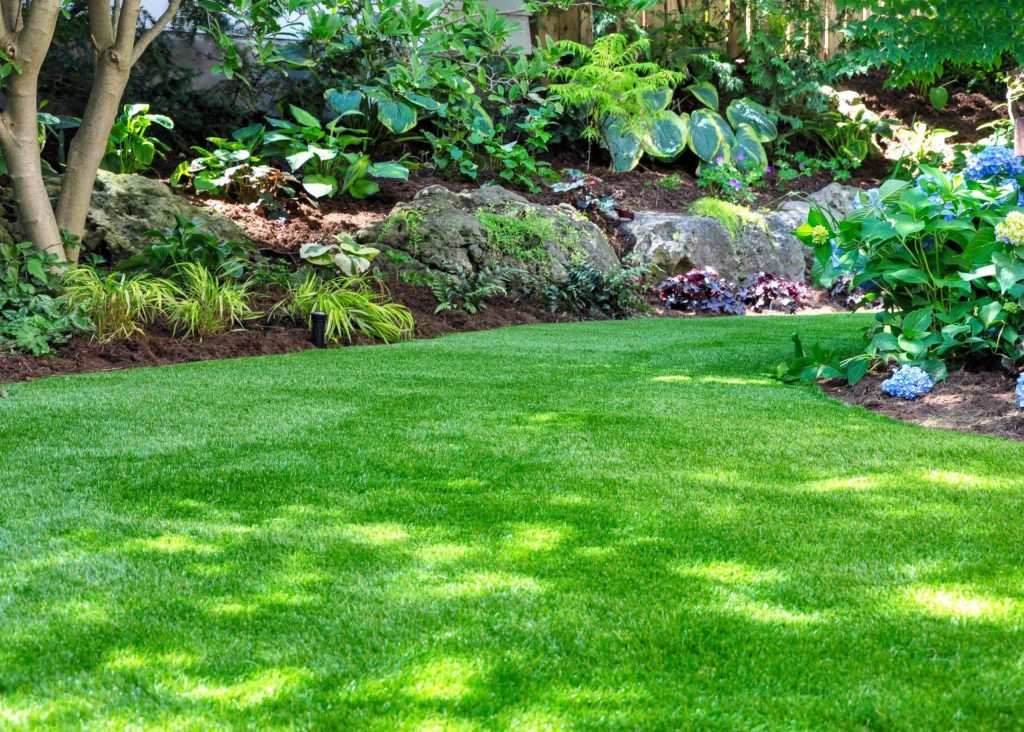
Not all grass is created equal—some species naturally tolerate shade better than others. Selecting the right seed mix is the foundation for success.
- Cool-season shade-tolerant grasses:
- Fine Fescues (Creeping Red, Chewings, Hard, Sheep Fescue) – Excellent shade tolerance, soft texture, and low maintenance.
- Tall Fescue – Adaptable and durable, with moderate shade tolerance.
- Rough Bluegrass – Thrives in cool, damp, shaded spots but less tolerant to drought.
- Warm-season shade-tolerant grasses:
- St. Augustinegrass – One of the most shade-tolerant warm-season grasses, especially varieties like ‘Seville’ or ‘Palmetto.’
- Zoysia – Moderate shade tolerance; thrives in dappled light.
Pro tip: Use grass blends labeled “shady mix” to increase your chances—these mixes combine varieties that perform best under limited light.
2. Adjust Your Lawn Care Practices
Shaded grass grows differently than sun-drenched grass, so your care routine should adapt.
- Mow higher: Keep blades around 3–4 inches long. Taller grass has more surface area for photosynthesis, helping it capture as much light as possible.
- Water wisely: Shaded soil dries more slowly. Water deeply but less frequently to prevent fungal issues. Early morning watering is best.
- Fertilize lightly: Shaded lawns don’t grow as fast, so they need fewer nutrients. Over-fertilizing can stress grass and fuel disease. Stick with slow-release nitrogen formulas.
Pro tip: Switch to a mulching mower to recycle nutrients back into shaded soil, where tree competition is already tough.
3. Improve Soil and Reduce Root Competition
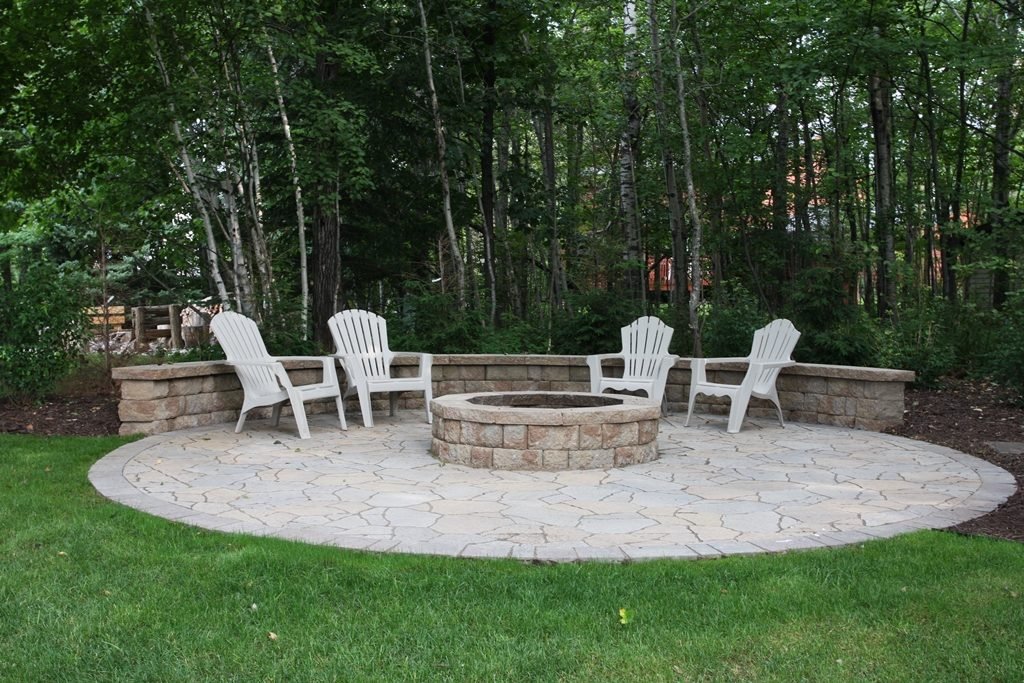
Shaded areas under trees often struggle because tree roots absorb most of the water and nutrients. The soil also tends to be compacted. To give grass a fighting chance:
- Aerate annually: Core aeration relieves compaction, improves oxygen flow, and helps water reach grass roots.
- Topdress with compost: Spread a thin layer of compost after aeration to enrich soil naturally.
- Minimize root competition: Avoid cutting tree roots (this can damage trees), but instead focus on improving soil health so both trees and grass can coexist.
Pro tip: Use organic mulches around tree bases to reduce competition while keeping the lawn edge neatly defined.
4. Maximize Light Availability
Sometimes grass fails simply because the area is too dark. Small adjustments can make a big difference in how much light reaches the lawn.
- Prune trees strategically: Thinning the canopy lets in filtered sunlight without harming the tree’s health. Avoid topping (removing large branches), which stresses trees.
- Choose partial-shade spots: If possible, position your grass in areas that get at least 3–4 hours of direct sun or filtered light.
- Use reflective surfaces: Light-colored fences, pathways, or mulch nearby can reflect extra light onto shaded turf.
Pro tip: Observe your lawn through the day. Areas that receive even dappled sunlight for part of the day will perform far better than spots in constant deep shade.
5. Be Realistic and Consider Alternatives
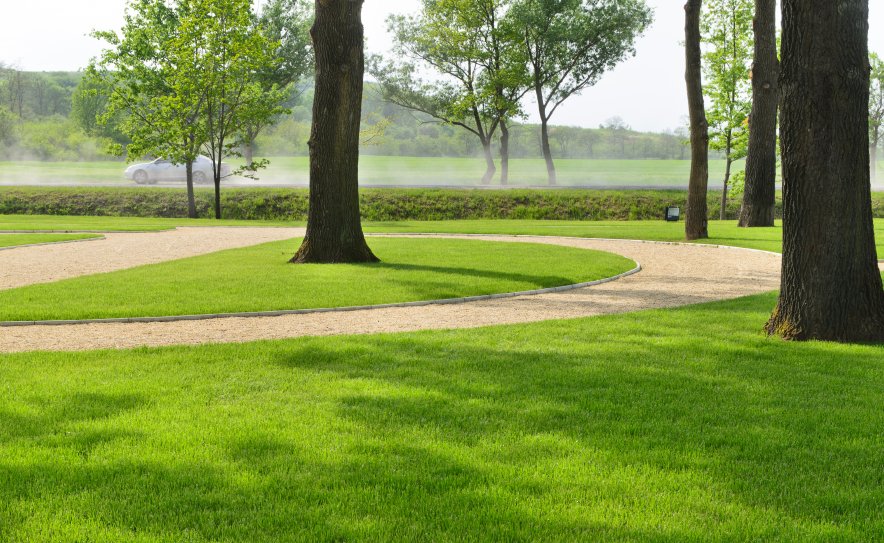
Despite your best efforts, some shaded areas may simply be too dark or damp for grass to thrive. In these cases, it’s better to adapt your landscape than constantly battle nature.
- Mix in groundcovers: Plants like Pachysandra, Hostas, Liriope, or Vinca minor thrive where grass won’t grow.
- Add mulch or gravel pathways: These reduce maintenance and improve drainage under trees.
- Create shade gardens: Use ferns, shade-loving perennials, or decorative shrubs instead of grass.
Pro tip: Designing with shade-loving plants not only solves the grass problem but also adds visual interest and biodiversity to your yard.
Common Mistakes to Avoid
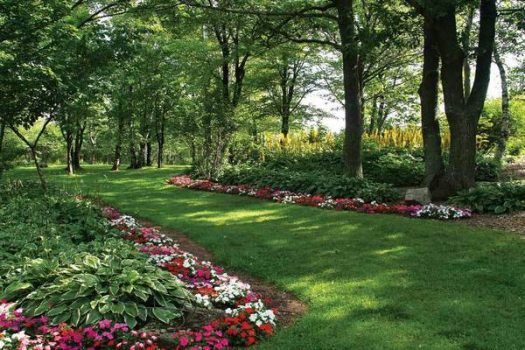
- Overseeding the wrong type: Planting sun-loving grass in shaded zones wastes time and seed.
- Overwatering shaded turf: Shade reduces evaporation, making soggy soil prone to fungus.
- Ignoring thinning patches: Small bare spots in shaded lawns quickly expand if not overseeded early.
- Skipping seasonal maintenance: Aeration and overseeding in fall or spring are critical for shaded lawns.
Final Thoughts
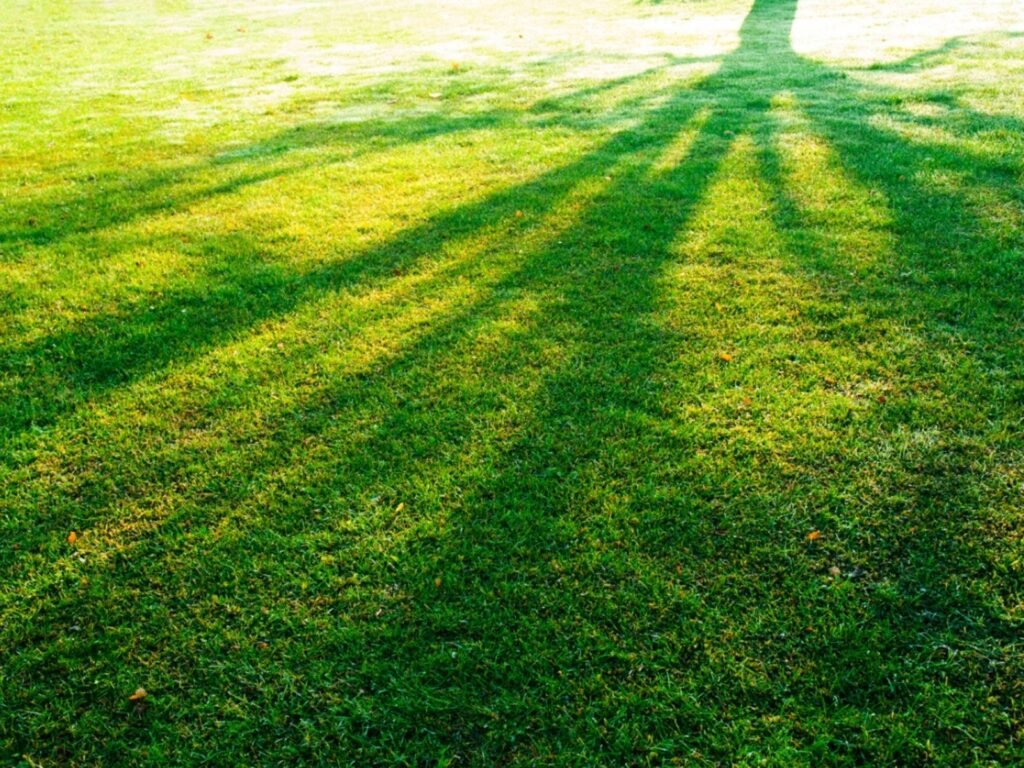
Growing grass in shady areas isn’t impossible—it just requires a different approach than caring for a sunlit lawn. By choosing shade-tolerant varieties, adjusting your lawn care routine, improving soil, maximizing available light, and being realistic about limitations, you can transform those troublesome shady spots into healthy, green spaces.
And remember: sometimes the best solution is to embrace the shade with alternative landscaping. Whether you succeed with shade-loving grasses or create a lush woodland garden, the key is working with nature, not against it.
With patience and the right techniques, your shady lawn can be just as inviting and beautiful as the sunniest parts of your yard.
